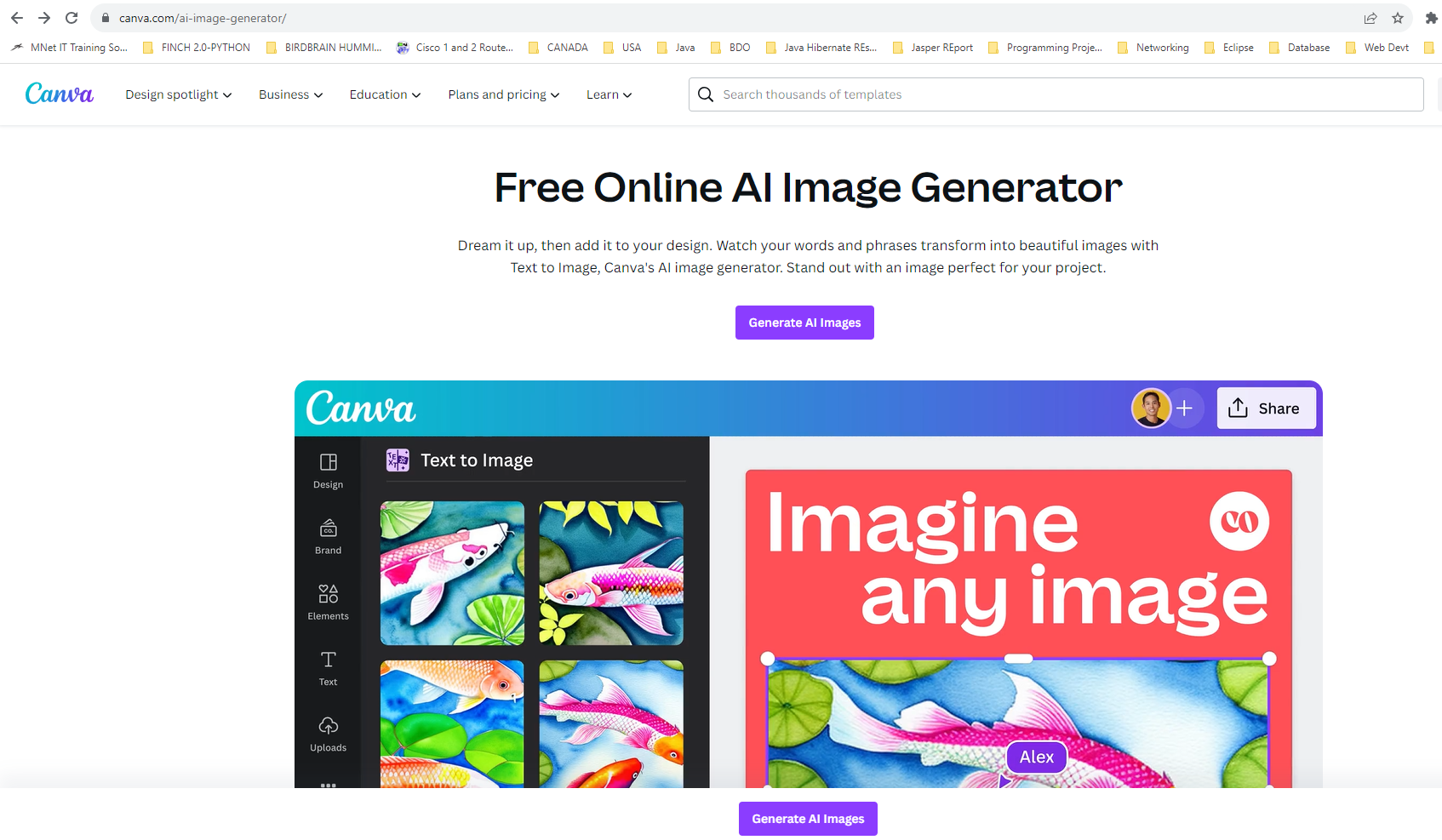
- Notebook: Teaching Middle School
- Speaker: ChatGPT
- Date Created: Sept. 15, 2023, 1:32 a.m.
- Owner: Rosilie
-
Adaptive Learning Platforms: These platforms use AI to personalize learning for each student. They adapt content and difficulty based on a student's progress, helping struggling students catch up and challenging advanced learners.
-
Chatbots: AI-driven chatbots can answer common student questions, provide reminders, and offer help with homework. They can free up your time for more personalized interactions with students.
-
AI-Powered Grading: Tools like Gradescope or Turnitin can help automate the grading process for assignments, quizzes, and essays, saving you time on administrative tasks.
-
Virtual Labs: AI-driven virtual labs allow students to conduct experiments in a virtual environment, making science and math classes more engaging and accessible.
-
AI-Enhanced Content Creation: Tools like Canva and Adobe Sensei can help you create visually engaging presentations and materials, even if you're not a design expert.
-
AI Tutoring Systems: Platforms like ScribeSense and Carnegie Learning offer AI-based tutoring to provide additional support to struggling students outside of regular class hours.
-
Voice Assistants: Voice-activated AI assistants like Amazon Alexa or Google Assistant can be used in the classroom for activities like setting timers, answering quick questions, or engaging students in interactive lessons.
-
Language Translation Tools: For students who are English language learners, AI-powered translation tools can help bridge the language gap and facilitate communication.
-
Classroom Management Tools: AI-based classroom management tools can help you track attendance, monitor student engagement, and identify areas where students may need additional help.
-
Data Analytics: AI-driven data analytics tools can provide insights into student performance and help you make data-informed decisions about your teaching methods.
-
Interactive Learning Platforms: Platforms like Kahoot! and Quizlet use AI to create engaging quizzes and games that make learning fun and competitive.
-
Adaptive Assessment Tools: These tools provide real-time feedback to students during assessments, helping them identify areas of weakness and improve their understanding of the material.
-
AI-Powered Content Recommendation: AI can recommend supplementary learning materials, books, or videos tailored to individual student needs and interests.
-
Speech Recognition: AI-driven speech recognition technology can help students practice pronunciation and language skills in language classes.
-
AI-Enhanced Research Tools: For research projects, AI tools like Zotero or Mendeley can help students manage citations and organize research materials.
-
Digital Note-Taking Assistants: AI tools like Otter.ai can transcribe and summarize lectures, making it easier for students to review class notes.
-
AI-Powered Feedback: Tools like Grammarly can help students improve their writing skills by providing instant feedback on grammar and style.
-
Emotional AI: Some AI tools can gauge student emotions through facial recognition or sentiment analysis, allowing you to adapt your teaching approach to students' emotional states.
Remember that while AI tools can enhance teaching, they should complement your teaching methods, not replace them entirely. It's important to maintain a balance between technology and traditional teaching practices to ensure a well-rounded education experience for your students. Additionally, always consider privacy and data security when using AI tools in the classroom.
Open the attached PDF file here.
